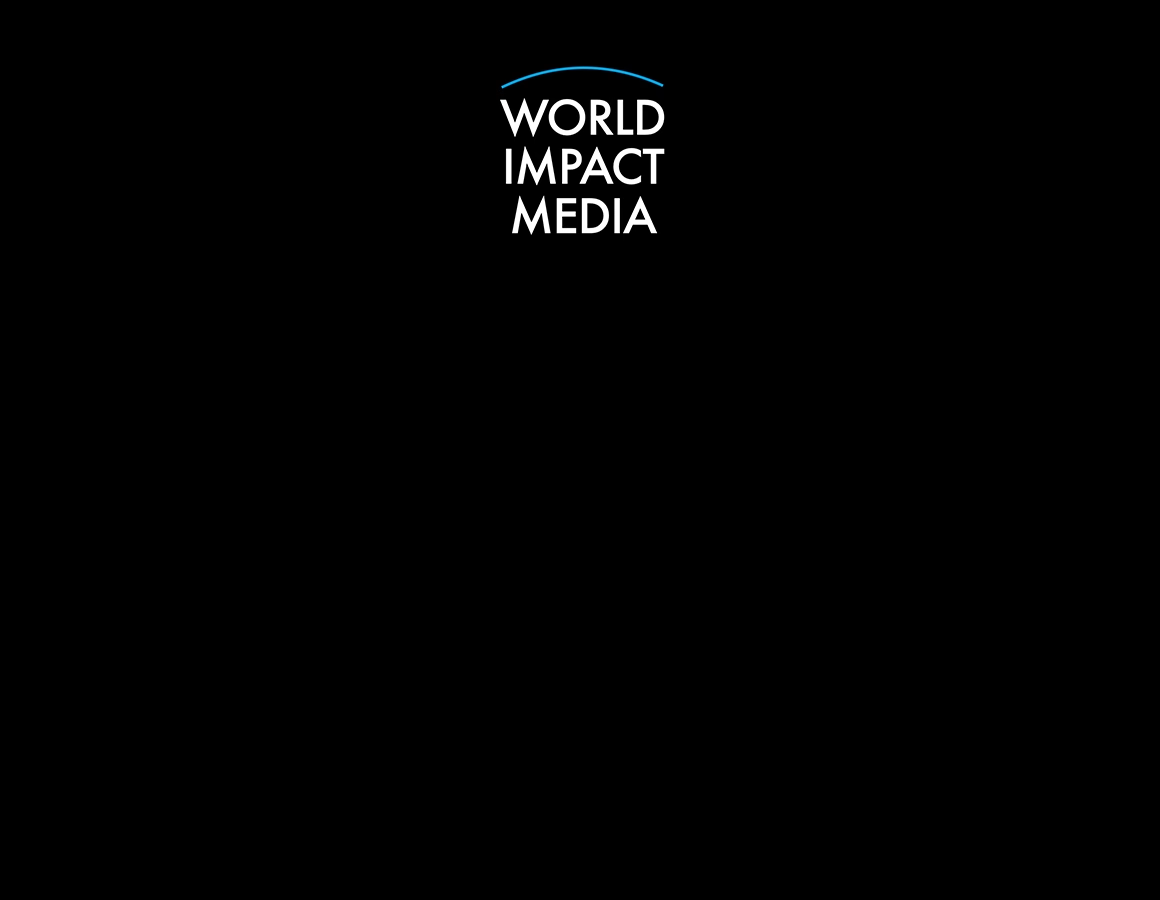The European Union is intensifying efforts to end its dependency on China for rare earth elements, a move that signals growing concern over supply chain security, technological sovereignty, and industrial competitiveness. Rare earths—17 metallic elements critical for electronics, renewable energy, and defense technologies—have become a focal point in global economic and geopolitical strategy.
China currently dominates more than 80% of global rare earth production and processing, giving it significant leverage over industries ranging from electric vehicles to wind turbines and military applications. EU officials argue that diversification is no longer optional but a matter of strategic necessity.
Why Rare Earths Matter
Rare earth elements are indispensable in modern technology due to their unique magnetic, optical, and electronic properties. They are used in:
- Electric vehicles and batteries – neodymium and praseodymium for powerful magnets in motors
- Renewable energy technologies – wind turbines and solar panels
- Consumer electronics – smartphones, computers, and LED displays
- Defense applications – precision-guided weapons, jet engines, and radar systems
A disruption in rare earth supply could cripple industrial production, highlighting the EU’s vulnerability from concentrated supply chains.
EU’s Strategy for Independence
European policymakers are pursuing a multi-pronged approach:
1. Domestic Mining and Processing
The EU aims to develop mining and processing capabilities within member states. Countries such as Sweden, Finland, and Norway have identified deposits that could be exploited to supply critical industries.
2. Strategic Partnerships Outside China
The EU is negotiating agreements with countries like Australia, Canada, and the United States, which possess significant rare earth resources but currently lack full-scale processing capabilities. These partnerships focus on joint mining ventures, refinery development, and technology transfer.
3. Recycling and Circular Economy Initiatives
To reduce reliance on virgin materials, the EU is promoting rare earth recycling from electronic waste, batteries, and industrial magnets. This approach aligns with broader green transition goals and sustainability mandates.
4. Investment in Advanced Materials Research
The EU is funding research into alternative materials and substitutes that could partially replace rare earths in certain applications, reducing long-term dependency on limited sources.
Geopolitical Considerations
China’s dominance in rare earths has long been a source of concern for the EU, especially in light of trade disputes and export restrictions. A sudden supply cutoff could threaten:
- Automotive and battery sectors – crucial for the EU’s green energy transition
- Defense production – undermining military readiness and technological edge
- High-tech manufacturing – electronics and precision instruments
By diversifying supply, the EU seeks to mitigate strategic vulnerabilities and ensure uninterrupted industrial operations.
Challenges Ahead
The EU’s plan faces several hurdles:
- High costs and long lead times – establishing mining and processing operations in Europe is capital-intensive and time-consuming
- Environmental and regulatory constraints – rare earth extraction is resource-intensive and can raise ecological concerns
- Technical expertise gaps – China has decades of experience in refining rare earths, giving it a competitive edge
Despite these challenges, EU officials insist that strategic autonomy outweighs short-term costs, framing the effort as essential for both economic and national security.
Industry and Market Implications
The EU’s push could reshape global rare earth markets by:
- Encouraging investment in non-Chinese mining and processing ventures
- Driving up prices temporarily as competition for resources intensifies
- Accelerating innovation in recycling, alternative materials, and extraction technologies
Industry analysts predict that over the next decade, the EU could reduce Chinese reliance to below 50% of its rare earth consumption, dramatically altering global supply dynamics.
Conclusion
The EU’s move to end dependency on Chinese rare earths reflects a broader global trend toward strategic resource diversification. As Europe seeks to secure critical minerals, maintain industrial competitiveness, and protect national security, the effort will test the EU’s capacity for investment, innovation, and regulatory coordination.
In a world where technology, energy, and defense increasingly intersect with geopolitics, rare earth independence is not just an economic objective—it is a strategic imperative.
















